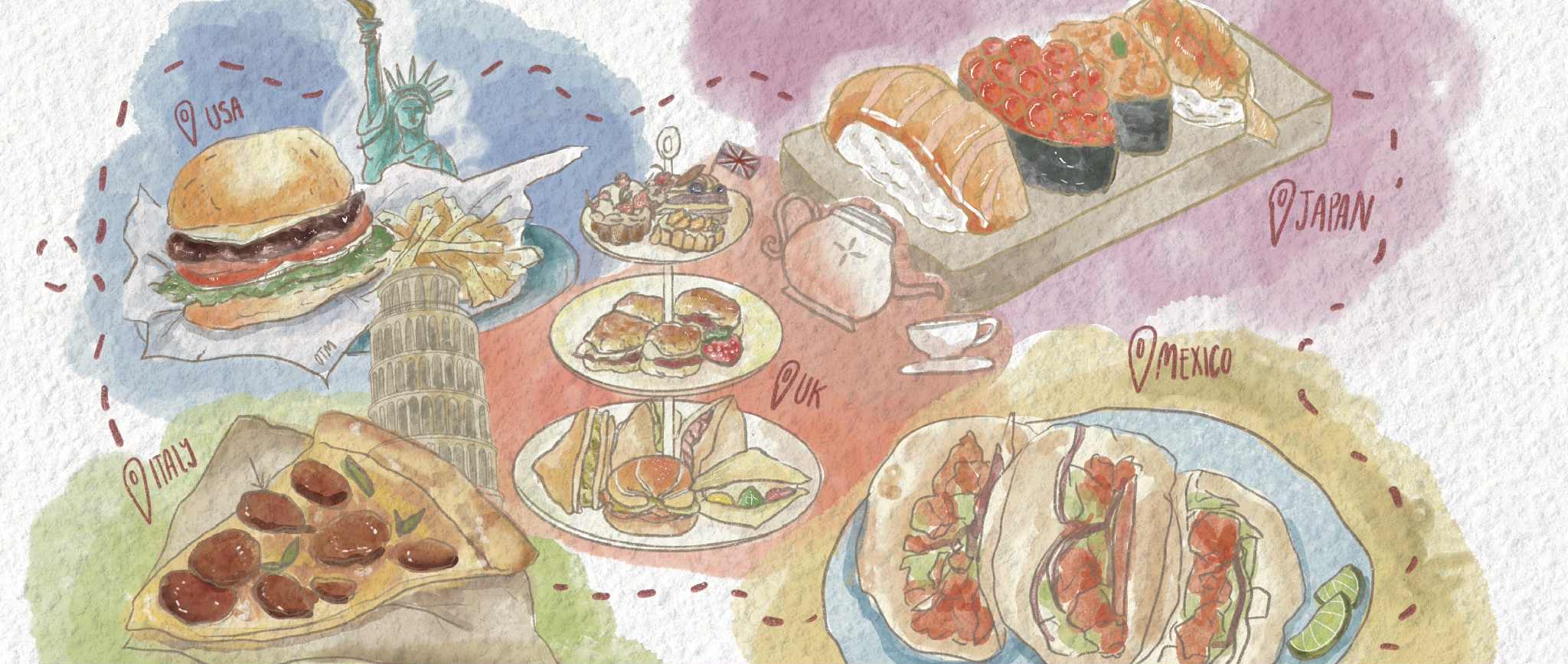
URMI MANDAL / DAILY NEXUS
There’s a scarf draped across your TikTok feed, and it’s causing quite a stir. It might be fluttering behind the neck of a fast fashion model or lauded as the perfect addition to a wedding ensemble, but either way the comment section debates: Is it a “dupatta”? A scarf? Cultural appropriation? Or just not that deep?
The dupatta, known by many other names across South Asia such as a “chunni” or “orna,” is a long, often decorative scarf worn with traditional outfits like salwar kameez or lehengas. It’s a much-loved staple many South Asian people have grown up seeing at weddings, family gatherings and places of worship. Now, apparently, also on TikTok.
South Asian styles, silhouettes and symbols are everywhere right now, but rarely on our terms. We can debate whether the scarf on your Oh Polly dress is “technically” a dupatta or not, but that’s beyond the point. What’s more troubling is the ease with which non-South Asian people can adopt our cultural elements without acknowledging their roots or understanding the exploitation that shapes their journey to your cart.
“The same things that we have been shamed for or even outlawed are, in a way, celebrated now as chic or exotic when they’re worn by non-South Asians,” Souzeina Mushtaq, assistant professor in communication and media studies at the University of Wisconsin-River Falls, said.
This pattern has held true for every tired South Asian person I know — from bindis at Coachella to the rebranding of cultural practices like yoga, haldi (turmeric) and mehndi (henna) into “wellness” rituals and summer festival trends.
No, South Asia didn’t invent the scarf. But in a world where beaded tops, hair oiling and floaty sets that look suspiciously like lehengas and shararas are credited to “Scandinavian chic” or “clean girl” aesthetics, it’s not just about who wore it first. It’s about recognition, erasure and who profits.
Economically, the dupatta is just one thread in a much larger fabric. South Asia has always been a historical powerhouse for textiles and fashion, with Dhaka muslin described as “woven air” dominating global markets and Bandhani tie-dye techniques being studied and stolen. These styles have long been coveted by colonial powers and ripped off by fast fashion, but according to journalist and essayist Jennifer Chowdhury, “the global fashion industry’s relationship with South Asia isn’t just visual. It’s violent.”
The hands that create these styles are often brown, disproportionately women, and laboring in unsafe factories for low wages so someone else can sell their culture at marked-up prices. While corporations profit off of appropriation, garment workers in Bangladesh, India and Pakistan are still paying with their lives.
Blanket statements of recognition or acknowledgment aren’t a license. Unless it’s your heritage or a space you were invited into —like at a Desi wedding — our traditional wear is not for you, or any brand to remix or rebrand.
The dupatta isn’t just a scarf, but rather a symbol of identity, cultural continuity and how quickly beauty can be divorced from those who created it. Even as South Asian aesthetics go viral, the hands that made them are rendered invisible. So before you throw that scarf over your shoulder, think critically about your closet: Are you wearing that dupatta, or are you wearing us?
Kaavya Saini knows that ‘90s Bollywood did it first
A version of this article appeared on p. 20 of the May 22, 2025 edition of the Daily Nexus.





















this is such an interesting read!